2022 saw the anniversary of two important discoveries that have helped us understand and study the Ancient Egyptians.
On November 4th 1922 archaeologist Howard Carter first entered the tomb of the boy king Tutankhamun. The sarcophagus of the mummified pharaoh had lain undisturbed for over three thousand years and the antechambers still contained the treasures that had been interred to help Tutankhamun into the afterlife. These artifacts, including furniture, clothes and jewellery, revealed a unique insight into life in Ancient Egypt and sparked a fascination with Egyptology across the globe.
Two hundred years ago, in September 1822, the French linguist Jean-Francois Champollion finally deciphered the inscription on the Rosetta Stone and cracked the hieroglyphic code. The Rosetta Stone, a slab of black granodiorite, was originally found by soldiers in Napoleon Bonaparte's army whilst on campaign through Egypt in 1799. After Napoleon's defeat, the stone was shipped to England and the task of cracking the text on the stone began. The writing on the stone was part of an official decree relating to Ptolemy V and was inscribed three times onto the stone, in hieroglyphs, Ancient Greek and Demotic (which was a form of Ancient Egyptian script). Through study of the Greek lettering the mysterious inscriptions were deciphered and scholars were finally able to understand and read ancient Egyptian hieroglyphs.
Ancient Egypt is a popular topic for all children to study and is on the curriculum at Key Stage 2. Here is a selection of fiction and non-fiction books about Ancient Egypt to bring the history alive for young Egyptologists and celebrate these two astounding discoveries.
(And don't forget, with each book sale, we give 25% of the retail price to your nominated school for them to re-invest in books for their libraries. So help stock your school library AND share the gift of reading for pleasure.)


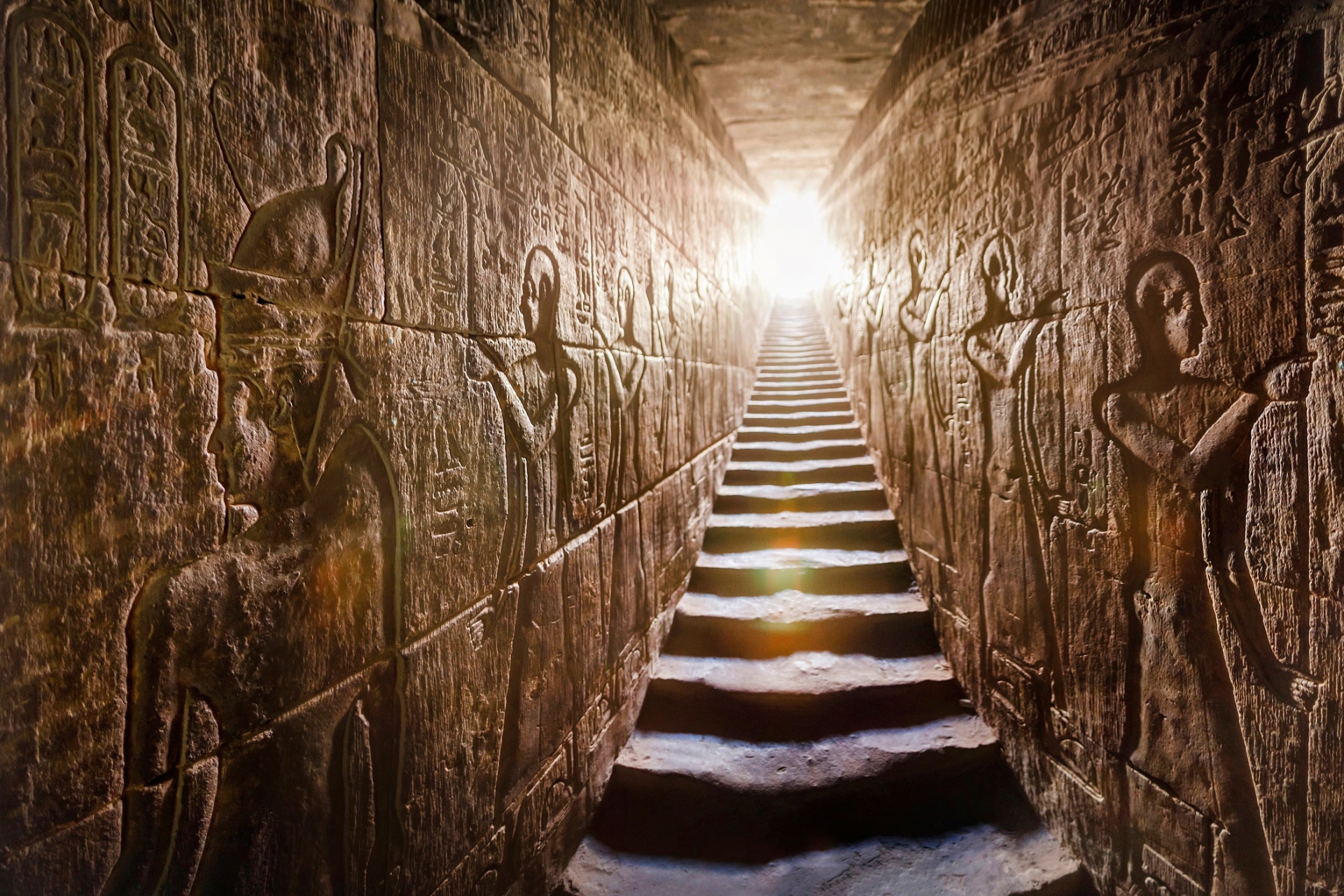
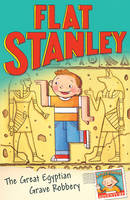

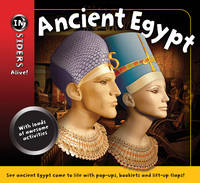
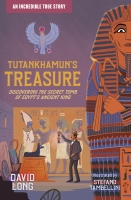
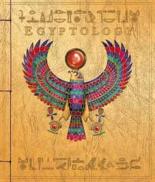
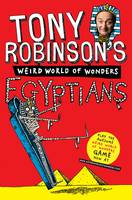
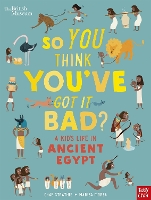
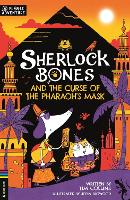
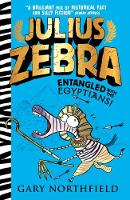
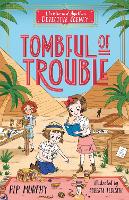
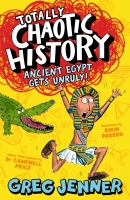

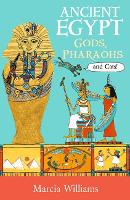
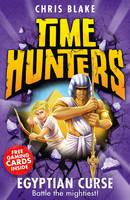
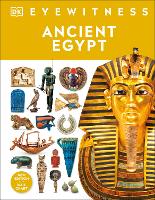
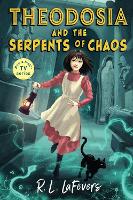
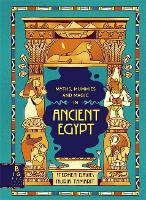
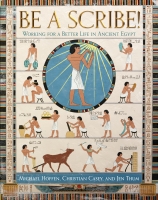


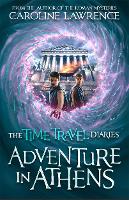
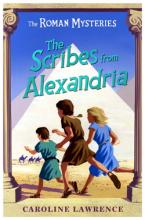
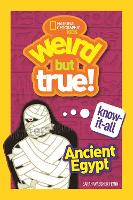
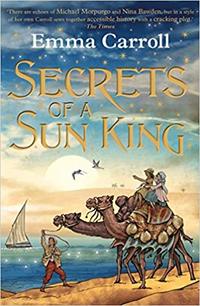
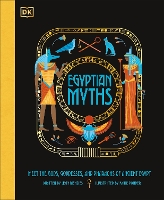

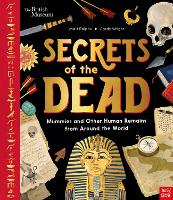
Comments (0)
Leave A Reply
You must be logged in to post a comment.